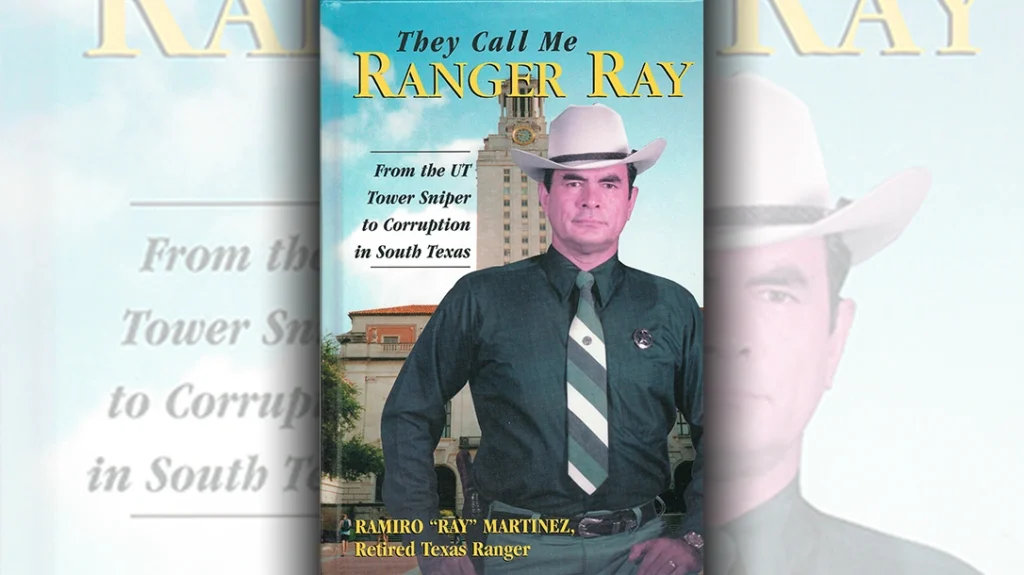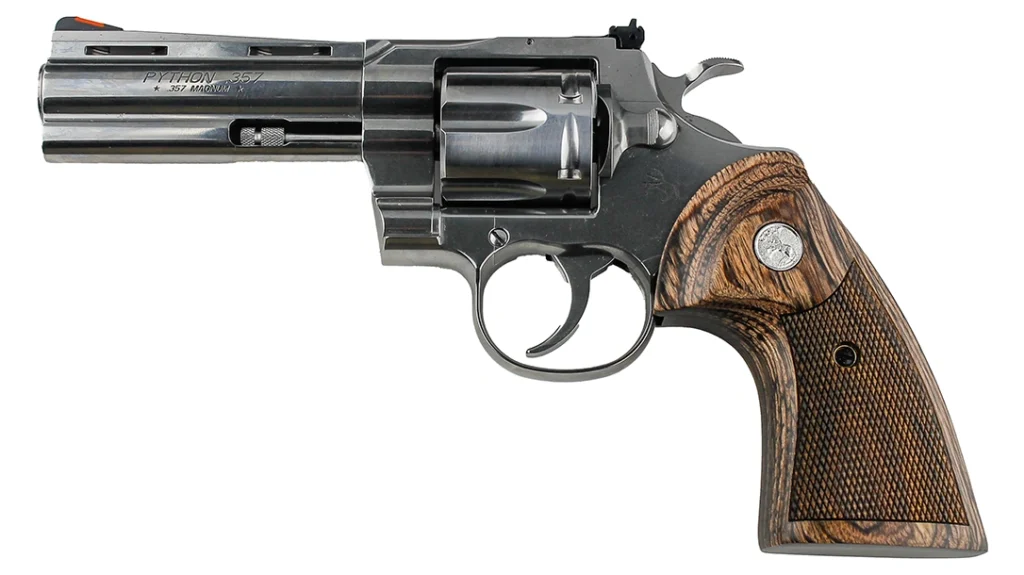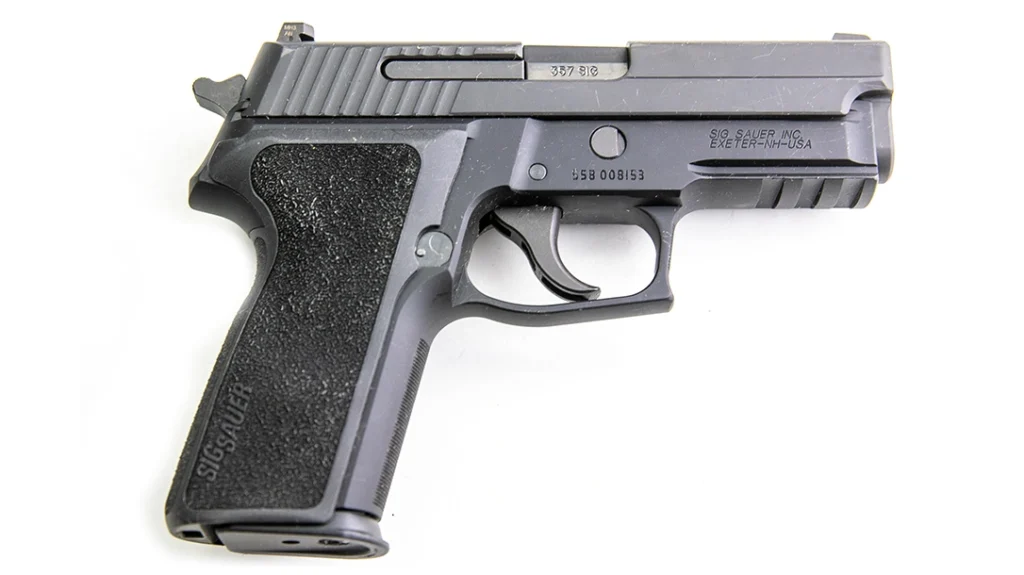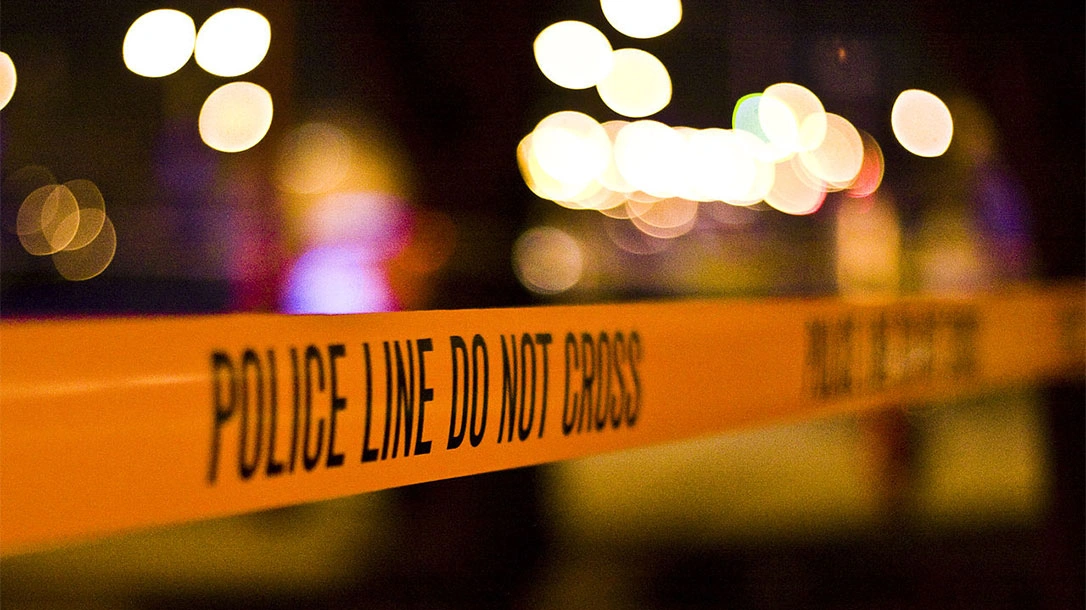The gun-related Internet forums—called “the gunternet” by some—can have some nuggets therein. But when you prospect for knowledge, you will have to pan through a lot of crap to find the gold. A case in point, appropriate to a Personal Defense World article focusing on precision accuracy at distance, is this often-seen statement: “I don’t practice beyond seven yards because if you shoot a Bad Guy farther away than that, you’ll go to prison!” This begs the question, is long-distance defense defensible in court?
Legal Considerations of Long-Distance Defense
When I read such things, I feel sad for the commenter’s lack of knowledge. I also wonder if he just needs an excuse for his inability to hit anything farther away.
It is true that most DGUs (Defensive Gun Usages) take place at much closer distances. However, the fact is that against a violent criminal armed with a remote-controlled weapon, deadly force may be totally justified at what most would consider “long range.”
Advertisement — Continue Reading Below
Let’s look at some examples. It happens often enough that I can think of four examples in just one state.
Skyscraper Distance
For Case One,consider the rampage of Charles Whitman at the Texas Tower in Austin in 1966. Firing from the pinnacle of a University of Texas clocktower that stands over 300 feet high, the mad dog killer opened fire with multiple weapons. His primary weapon was a scoped bolt-action Remington 6mm rifle. Whitman killed 17 victims and wounded 31 more.
The .38 Special revolver bullets and 12 gauge buckshot fired by police were impotent at that distance. But what stopped the killing was armed citizens with deer rifles (and one NRA High Power Rifle competitor shooting a National Match M14 .308 rifle). They pinned the gunman down until private citizen Eugene Crum led police up the inside of the tower to the roof.
Advertisement — Continue Reading Below
Crum fired the first shot of the gunfight that followed. This allowed Austin cops Houston McCoy and Ramiro Martinez to shoot the mass murderer dead. The latter officer was later appointed to the Texas Rangers.
In his autobiography “They Call Me Ranger Ray,” Martinez publicly admitted that it was the armed citizens returning fire from long range who pinned the mad dog killer down and stopped the slaughter.

Advertisement — Continue Reading Below
150 Yards
Case Two occurred a decade later near Rankin, Texas.
Here’s how the Officer Down Memorial Page describes the incident:
“Patrolman Sammy Long was shot and killed after making a traffic stop on a driver for a traffic violation on US 67 near Rankin, Texas. The suspect, who was AWOL from the US Navy, opened fire with a .32 caliber handgun as Patrolman Long approached the vehicle, knocking him to the ground. The suspect then took Patrolman Long’s service weapon and shot him in the back six times as he lay on the ground.
Advertisement — Continue Reading Below
“A citizen, who was an avid deer hunter returning from a hunting trip, was stopped in a rest stop 150 yards from the traffic stop and witnessed the shooting. The man immediately retrieved his hunting rifle and shot the suspect at a range of 150 yards, killing him.
“Patrolman Long had served with the Texas Highway Patrol for 18 years and was stationed at McCamey. He was survived by his wife and son.”
The citizen who killed the cop-killer from 150 yards was never publicly identified by name for fear of retribution from the dead criminal’s relatives and cohorts. He became known simply as The Hunter. Far from being punished in civil or criminal court, as I recall, the other state patrolmen chipped in to buy him a fancy Colt .45 auto pistol.
Advertisement — Continue Reading Below
50-60 Yards
Case Three,2012, in the town of Early, Texas:
A gunman murdered two people in a trailer park and then opened fire on a responding police sergeant with a .30-30 deer rifle. Resident Vic Stacy, in his mid-sixties, came to the lawman’s defense.
From a distance variously reported as no closer than fifty yards and more than sixty yards by some accounts, Stacy’s accurate fire with his Colt Python .357 Magnum wounded the gunman and dropped him out of cover where the sergeant could finish the job with his patrol rifle.
Advertisement — Continue Reading Below

Never charged nor sued, Stacy was recognized as a hero. In fact, the Governor of Texas presented the armed citizen with a rifle. Likewise, the police praised him as a Good Samaritan.
45 Feet
Case Four,2019, in the town of White Settlement, Texas:
Advertisement — Continue Reading Below
A gunman bent on mass murder opened fire in a packed church, killing his first two victims with his opening shots. His deadly spree was cut short when church security chief Jack Wilson neutralized him with an intentional brain shot. He fired double action with his .357 SIG P229 pistol from a distance determined to be about fifteen yards.

Wilson’s swift, accurate response was recognized by virtually everyone as having saved countless lives. The justice system did not take criminal action against Wilson, nor was he sued by the family of the deceased. In fact, Governor Abbott presented him with a Medal of Courage. Likewise, the Sons of Liberty Gun Works in San Antonio presented Wilson with a fine rifle.
Advertisement — Continue Reading Below
About that fifteen-yard distance:
Handgun competitors don’t consider that to be “long-range,” but it’s certainly farther than the distance involved in the average armed citizen DGU. For perspective, that has been the maximum distance for police handgun qualification for years for cops in Massachusetts and Florida. It’s also the farthest distance this writer knows of for jurisdictions that demand a live-fire qualification for “civilian” carry permits.
Unfortunately, American criminals don’t have to abide by any treaty limiting the distance from which they attack with deadly weapons. If anyone thinks a gunman was too far away to be a danger to you, the nuclear-grade soundbite is this:
If you could shoot the gunman, then, ipso facto, he could have shot you from the same distance!
Not Just Texas
In 2022, in an Indiana mall, a would-be mass murderer opened fire and had his death toll cut short by a young man named Elisjsha Dicken. Dicken returned fire from 40 or more yards and killed the killer in Case Six.
50 Yard Defensive Shot in Florida
Allow me to cite Case Seven,Florida v. Wilburn Brooker:
This Miami area man and his secretary were terrorized in their office by a robber armed with a stolen Charter Arms Undercover .38 Special revolver. When the robber fled, Brooker told his secretary to call the police and describe him and the gunman. Then, he grabbed a Savage pump shotgun from the back room of the office and gave chase.
The pursuit ended when the thug turned and aimed at him over his shoulder. Brooker killed him instantly with a blast of #1 Magnum buckshot. It, of course, entered behind the lateral midline. The men were some fifty feet apart.
The prosecutor there at the time was Janet Reno, no friend of armed citizens, and she indicted Brooker for Manslaughter. Brooker hired Jeff Weiner, who later became president of the National Association of Criminal Defense Lawyers. Jeff, in turn, hired me as an expert witness.
When I was deposed by the prosecutor, it became clear that they were going to posit the idea that a man fifty feet away with a “snub-nose” .38 couldn’t be a danger. I stated under oath that a man a hundred yards away could kill you with one.
The prosecutor’s furious note-taking told me he would challenge that at trial. So, I went to the range with a notary public. I performed a test that included six hits with six shots on a Colt silhouette target. This was completed at a measured one hundred yards with a two-inch barrel Detective Special and two out of five with a Charter Undercover.
The prosecutor agreed to a withhold of adjudication, and a year later, the case went away.
Closing Arguments
Bottom line: if the criminal aggressor is 25 yards from you and unarmed or armed only with a stick or something (unless he was endangering innocents closer to him than you), it wouldn’t yet be time to shoot. However, if he has a gun or even a longbow, he’s fair game.
Don’t neglect your long-range skill with the handgun(s) you carry. You could be the one who has to intervene in the next case like the ones cited above.
























